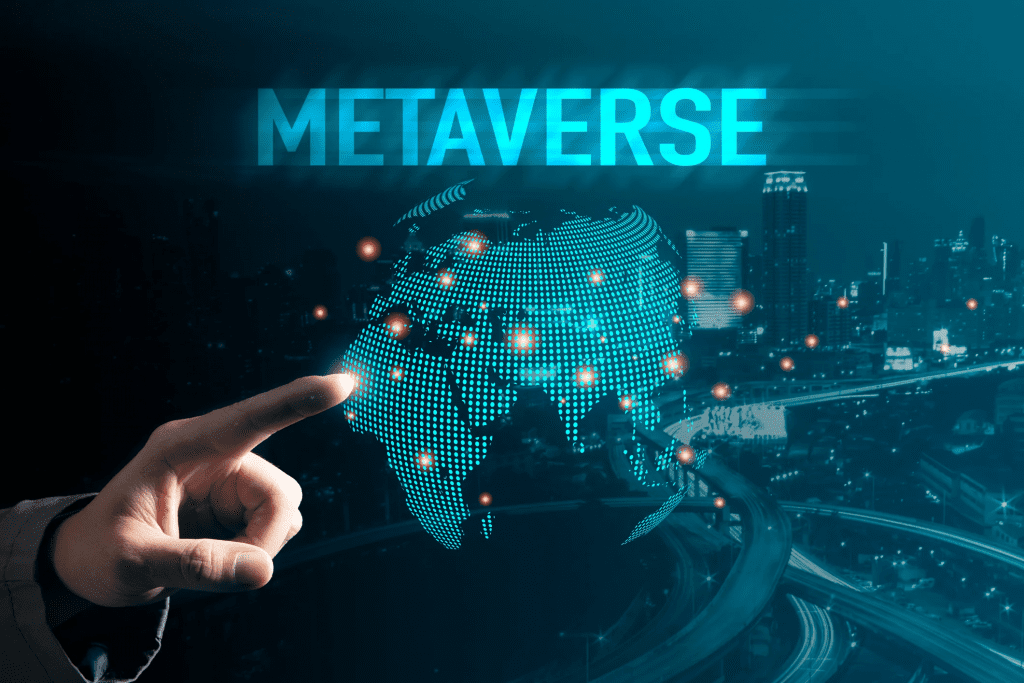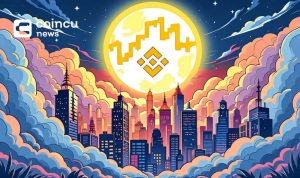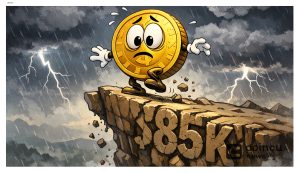Floor pricing for metaverse land in The Sandbox, Decentraland, and Otherdeed for Otherside are all above 2 ETH.

According to Chainalysis, the virtual real estate market may hold the key to the metaverse’s long-term viability.
According to the blockchain analyst’s most recent State of Web3 study, the rise of blockchain-based virtual real estate (VRE) values has overtaken that of physical real estate. Between September 2019 and March 2022, VRE prices increased by 879%, while real-world real estate prices increased by 39%.
Of course, virtual and physical real estate are not interchangeable. Humans require land, homes, and structures in order to live, work, study, and sleep. In contrast, metaverse real estate is all on shopping, recreation, and social activities.
Any similarity between physical and virtual real estate markets, according to Chainalysis economist Ethan McMahon, could be attributable to their relative maturities: Because virtual real estate is only a few years old, it is significantly more volatile than its more mature counterpart.
According to the report, access to private events and token-gated communities is one of the key drivers of NFT land demand. Demand directly translates into virtual real estate sales.

For example, Bored Ape Yacht Club, which has been a pioneer in combining NFTs with sociability entertainment for its members, earned $320 million in ether from its Otherdeed land sales for its planned Otherside metaverse over the first weekend. According to Yuga Labs, it was “the largest NFT mint in history by several multiples,” with sales traffic prompting skyhigh gas fees on the Ethereum mainnet.
According to Dune Analytics, Otherdeed for Otherside has the highest overall cumulative value of land sales in metaverse real estate, at approximately $853.6 million at the time of writing. Decentraland comes in second with approximately $378.6 million in cumulative sales value, while The Sandbox comes in third with $227 million.
Adidas, Burberry, Gucci, Nike, Samsung, and Louis Vuitton are among the prominent corporations that have purchased metaverse land and set up shop. JPMorgan was the first bank to enter Decentraland, signing a year-long lease in February, and HSBC quickly followed with a plot purchased.
Metaverse markets correspond to real-world developments.

According to McMahon, there is “massive” potential in this arena not only for game creators, but also for individuals who own characters and stuff that they play with.
Marketers and organizations looking to appeal to gamers may also benefit from an ever-changing collection of advertising options.
Brands appear unwilling to risk falling behind. Curzio Research, a financial publishing company, paid $5 million for a plot of virtual land in the TCG World metaverse, which runs on the Binance Smart Chain in May. Republic Realm spent $4.3 million for a stake in The Sandbox in the second-largest transaction.
Large sales in a certain location have an impact on the pricing of neighboring land, both in the physical and digital worlds. As a result, speculators may profit from short-term gains. However, while scarcity and liquidity dominate, speculation can only boost the value of digital property so far.
Utility, which is now the “missing layer for most metaverse platforms,” according to Sam Huber, CEO of metaverse development studio LandVault, will be the primary generator of value in the metaverse.
He highlighted that utility is closely tied to economic concepts that landowners might build on top of their land. From selling NFTs as event tickets to e-commerce and advertising, each potential cash created increases the value of metaverse land.
DISCLAIMER: The Information on this website is provided as general market commentary and does not constitute investment advice. We encourage you to do your own research before investing.
Join CoinCu Telegram to keep track of news: https://t.me/coincunews
Follow CoinCu Youtube Channel | Follow CoinCu Facebook page
Patrick
CoinCu News














